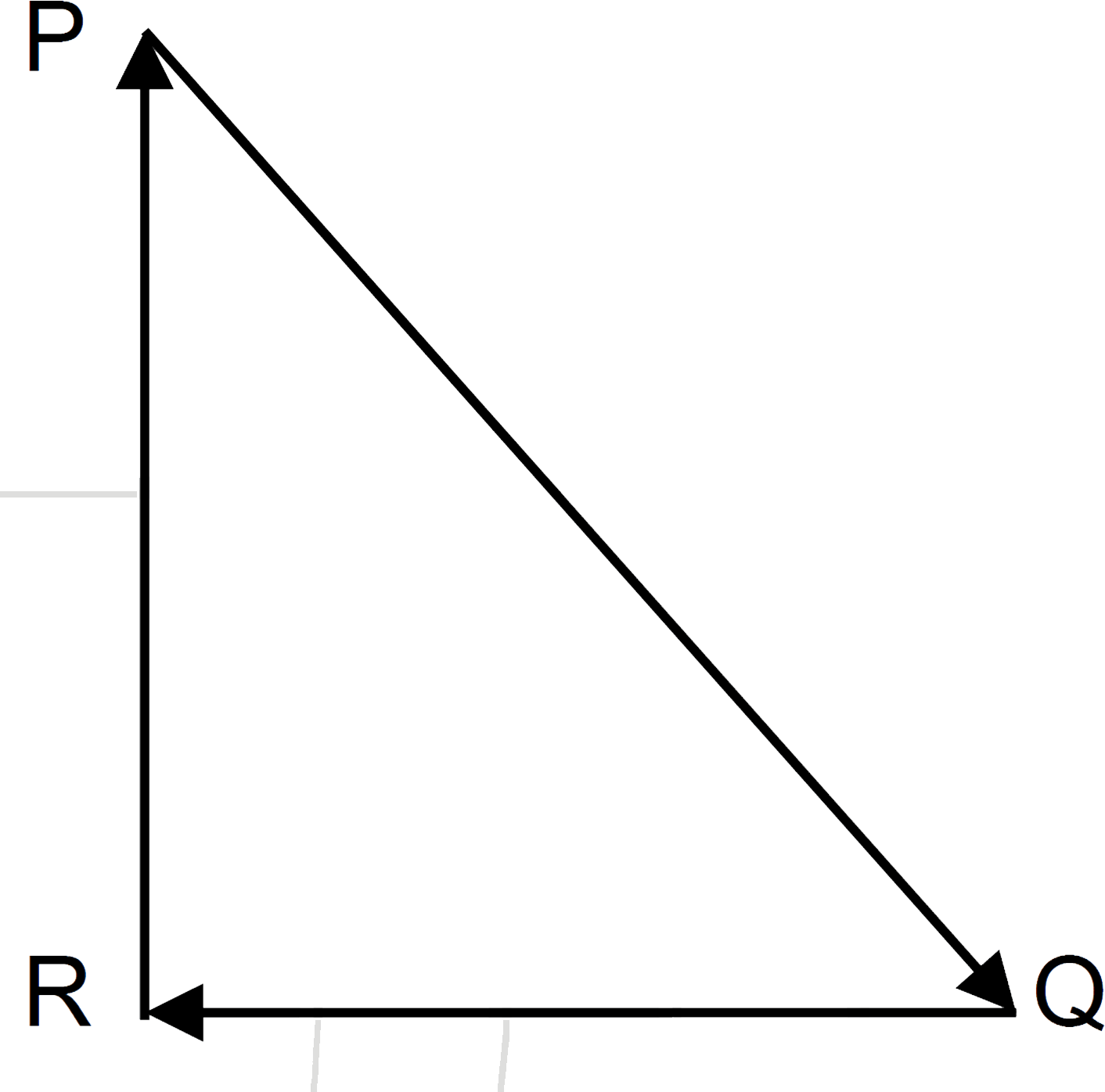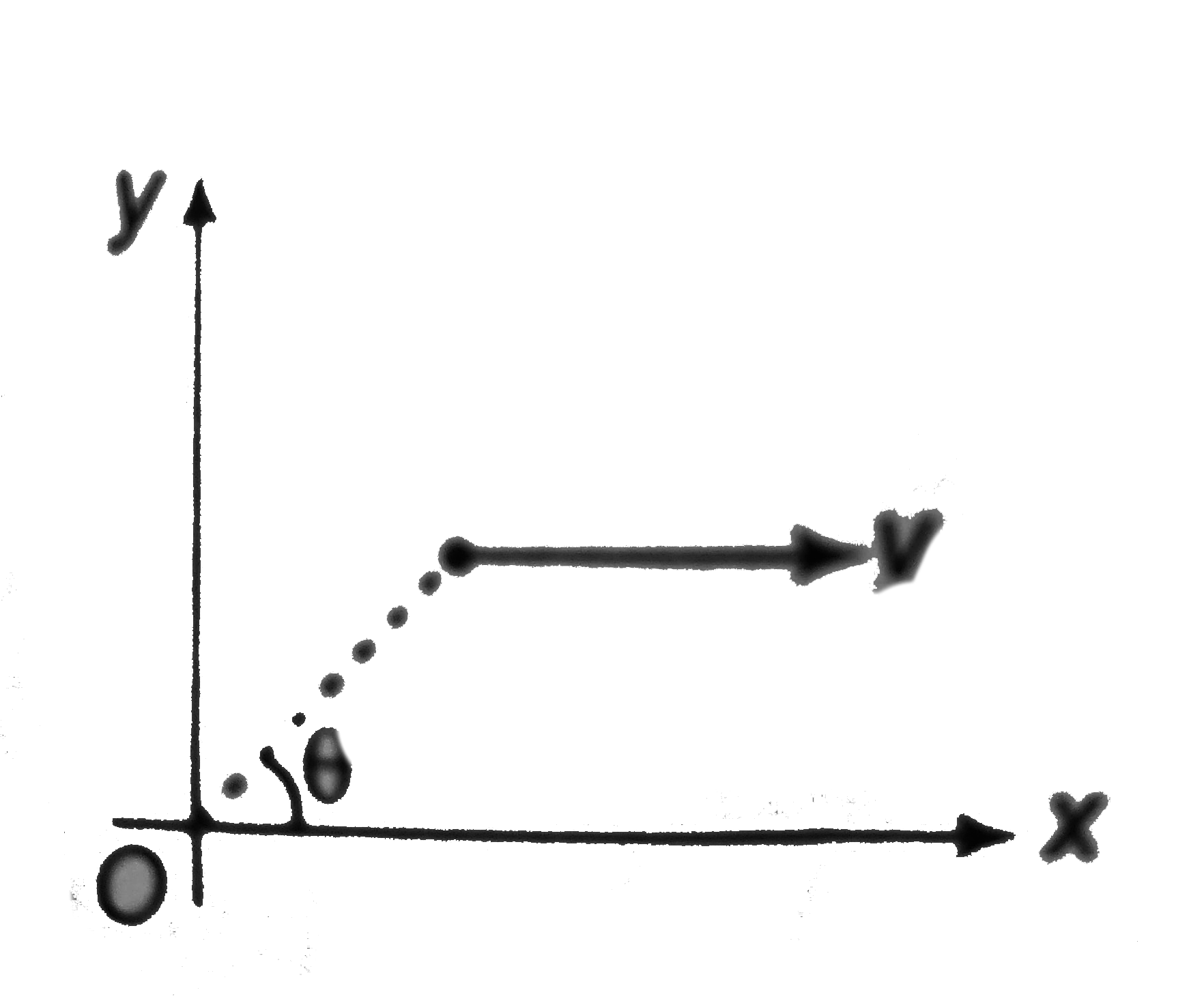A particle of mass M is dropped vertically into a medium that offers resistance proportional to the velocity of the particle. The buoyancy of the medium is negligible, and the resisting force per unit velocity is f. What uniform velocity will the particle finally attain ?
The correct Answer is:[Mgf]
Step by step video, text & image solution for A particle of mass M is dropped vertically into a medium that offers resistance proportional to the velocity of the particle. The buoyancy of the medium is negligible, and the resisting force per unit velocity is f. What uniform velocity will the particle finally attain ? by Physics experts to help you in doubts & scoring excellent marks in Class 11 exams.
Updated on:21/07/2023Topper's Solved these Questions
- NEWTONS LAWS OF MOTIONBOOK - PHYSICS GALAXY - ASHISH ARORACHAPTER - NEWTONS LAWS OF MOTIONEXERCISE - Advance MCQs
17 Videos
- LINEAR MOMENTUM & ITS CONSERVATIONBOOK - PHYSICS GALAXY - ASHISH ARORACHAPTER - LINEAR MOMENTUM & ITS CONSERVATIONEXERCISE - exercise 1.3
3 Videos
- RIGID BODIES AND ROTATIONAL MOTIONBOOK - PHYSICS GALAXY - ASHISH ARORACHAPTER - RIGID BODIES AND ROTATIONAL MOTIONEXERCISE - Unsolved Numerical
63 Videos
Similar Questions
A particle of mass M is dropped vertically into a medium that offers resistance proportional to the velocity of the particle. The buoyancy of the medium is negligible and the resisting force is f0 when the velocity is 1ms−1. What uniform velocity will the particle finally acquire ?
View SolutionA particle moves with a uniform velocity of 50 m/s for 20 min. What is the velocity of particle at t = 2 min ?
View Solution
Knowledge Check
A particle moves with a uniform velocity.
AThe particle must be at rest.BThe particle moves along a curved path.CThe particle moves along a circle.DThe particle moves along a straight lineAn oil drop of mass m and falls through a medium that offers a viscous drag force. F. if the velocity of the drop is constant it means that
AF>mgBF<mgCF>mgDF=mgA particle falls in a medium whose resistance is propotional to the square of the velocity of the particles. If the differential equation of the free fall is dvdt=g−kv2 (k is constant) then
Av=2√gke2t√g/t+1e2r√g/k−1Bv=√gke2t√gk−1e2t√gk+1Cv→0 as t→∞Dv→√gk as t→∞
In a uniforme circular motion, the velocity of linear velocity of a particle
View SolutionIf a wave propagates through a medium. Then, the velocity of particle of medium is given by
View SolutionA particle moving with velocity →V is acted by the three forces shown by the vector triangle PQR. The velocity of the particle will :

View Solution
A particle mass parallel to x-axis with constant velocity v as shown in the figure. The angular velocity of the particle about the origin O
View SolutionThe escape velocity of a particle of mass m varies as :
View Solution
